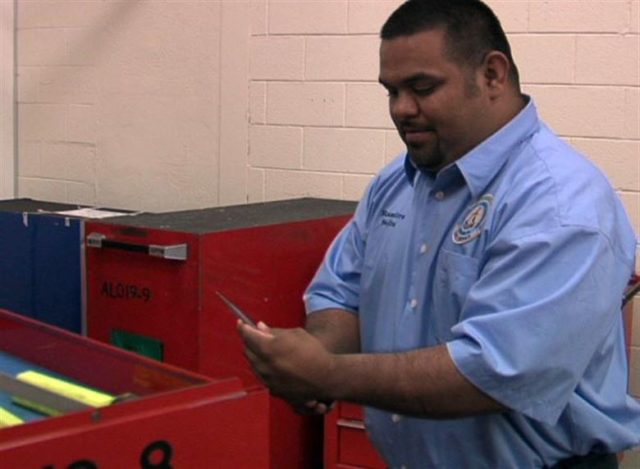No matter which industry you are in, it is important that you focus on the most valuable assets; your employees and your organizational knowledge. If you are able to improve the efficiency of your team, you will not only increase your reputation and your customers’ satisfaction, but can also make your business more profitable. If you have just started hiring employees, chances are that you still have loads to learn about how best to approach training. Below you will find a few pointers to help you get started.
Lead By Example
The first thing you need to focus on is your own performance. You might not be able to do every job, but your work ethics will influence the behavior and workplace standards of your employees. Turn up late often, and you will notice that your employees will slack off, too. You need to have high standards for yourself before you can enforce the same measures on your employees. Make sure that you are able to talk about the different roles and are familiar with the processes, instead of completely outsourcing your training.
Be Aware of the Training Requirements
The next thing you need to consider is the rules and regulations of your industry. If you would like to comply with the legislation and allow your workers to do their job according to the industry standards and guidelines, you will need to give them the right tools and training. You might want to check out websites that contain the updated forklift certification requirements and other industry training standards, so you can stay on the right side of the law.
Monitor Progress
Having an employee training in place will not make a difference in your team’s efficiency if it is not paired with an effective monitoring system. You need to record every training and the outcomes, not only to be compliant with the regulations, but also to be able to help your colleagues who are struggling with particular areas of business and need help achieving their full potential. The training schedule should be coupled with an advanced compliance and performance monitoring system.
Work On Individual Development Plans
Standardized training might work for large organizations, but if you would like to focus on service quality and retaining talent, you will need to develop individual career and progression plans with your employees’ own goals and aspirations in mind. Sit down with every member of your team and try to align your company’s goals with their personal career progression targets, so you can train your future managers and spot talent and ambition early.
Offer Coaching

One of the best ways of taking advantage of the knowledge pool in your company is that you can offer coaching from you or some of the more experienced colleagues. This will not only help you develop leadership qualities, but also make teams more efficient when it comes to collaboration and sharing knowledge. Coaching is a great way of getting to know people’s strengths and development areas, and offering support for your staff at the same time.
Job Shadowing
One of the best ways of training skilled workers and those looking for a promotion is offering job shadowing opportunities. You can ask people whether or not they would like to try some of the other roles and find out more about the work involved. This opens an opportunity for them to find their next career path within your organization, not to mention that it can prevent professional burnout. You can increase your employee retention rates if you offer opportunities for collaboration and job shadowing.
Teach Skills Instead of Traits

One of the mistakes employers make when designing a training program for their employees is that they focus too much on the culture of the company and don’t provide enough practical and general skills. You need to improve your workers’ skills and ability to do the job first, and then you can teach them about your business ideology and mission and vision. There are several different ways of approaching a task, and you need to allow your workers to be creative as long as they get the job done right.
Implement Metrics
Of course, you will also need to make sure that you measure the learning of your workforce and intervene when things don’t go right. People who fail an online test, for example, might lack the knowledge needed to consume the content, and you can enroll them in another course that will help them catch up. Just because someone is not good at taking tests, they might still be a valuable asset for your organization.
Use Online Learning
Online learning is another option to deliver your company training, and you can sign up for a corporate account that gives your employees access to various resources, and saves you money on organizing coaching and travel, too. You can find online training companies offering tailor made solutions for businesses, and you can even create your own content to add to the program. With digital technology, you can deliver and monitor your training and seek feedback from your employee, too.
Use Role Play
If you work in a customer-focused business, it is important that you provide your employees to learn more about the different scenarios they might face in the future during their career. You can use role play as a training method. If you are recruiting salespersons, it is important that they can handle the most common objections and understand the situation as well as your customers’ wants and needs. Likewise, role play can be useful in customer service. You can schedule role playing sessions with your team, or give your staff a transcript of past conversations, so they can be prepared for the situation.
As a business owner, it is your responsibility to train your employees and comply with industry standards and regulations. However, if you would like to create an exceptional workforce and empower people, encourage collaboration, you will need to go beyond delivering basic training courses.
